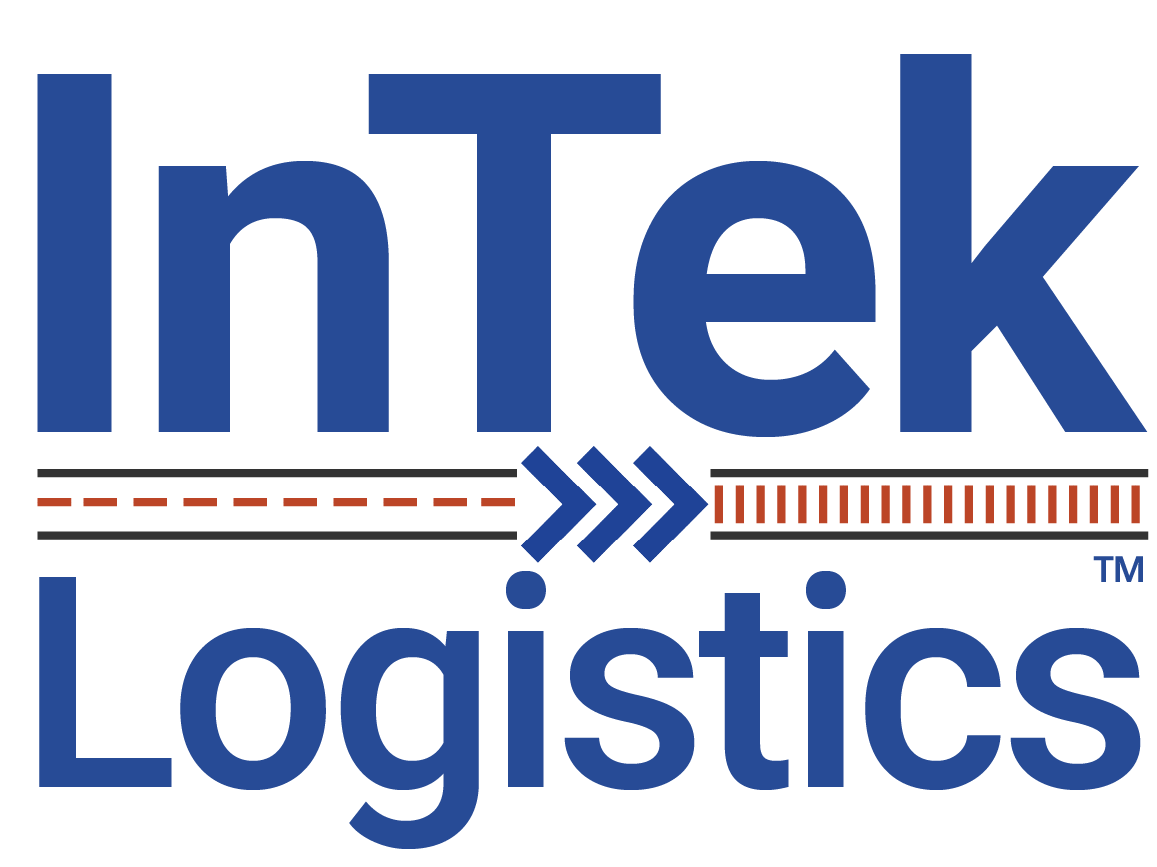
 There is nothing more important than having your intermodal shipment arrive on-time, within budget and not damaged, which is what brings us to the topic of blocking and bracing.
There is nothing more important than having your intermodal shipment arrive on-time, within budget and not damaged, which is what brings us to the topic of blocking and bracing.
Over-the-road truckload shipments need to be properly blocked and braced to limit the movement of cargo within the trailer / container, but more is needed with intermodal shipments because of harmonic vibration.
While an intermodal container is on its long haul railroad segment, the gentle, but consistent harmonic vibration has the ability to move pallets both laterally and vertically in the container.
The additional movement is why blocking and bracing is so important for intermodal shipments and the major cause for the 0.2% damage rate of all intermodal delivered shipments.
In some cases, the outbound shipping dock team is not aware the container they are about to load is an intermodal shipment and other times the loader has not been trained to know there needs to be more done to properly load out an intermodal container to protect the contents while in transit.
No matter the case, we are here to share what you need to know about blocking and bracing.
Blocking and Bracing Intermodal Shipments
 The two items to address around blocking and bracing is the load plan and the method by which you will do the blocking and bracing.
The two items to address around blocking and bracing is the load plan and the method by which you will do the blocking and bracing.
Before you click off the article because this is already sounding complicated and expensive, please read on as you will find the cost and work on your part is minimal considering the amount that your company will save using intermodal versus truckload.
Load Plan
 The first item is to work with your intermodal company (IMC) as it relates to protecting your company's freight is to draw out the load plans for your various shipments. The IMC will engage the damage prevention engineers of the class I railroads to ensure the plans are appropriate and approved.
The first item is to work with your intermodal company (IMC) as it relates to protecting your company's freight is to draw out the load plans for your various shipments. The IMC will engage the damage prevention engineers of the class I railroads to ensure the plans are appropriate and approved.
The railroads and IMC’s want to provide the highest level of assurance your product will ship safely, so they are very happy to help assemble the load diagrams and materials to use that will be the least cost, yet most effective.
Blocking and Bracing Methods
The methods and materials used for blocking and bracing include:
- Air Bags
- Bull Boards
- End Gate
- E-Track Gate
- 2x4 with 16d Nails
- Honeycomb Filler
- Stretch Wrap
- Ty-Gard
(Descriptions and guidelines of each of the dunnage, fillers and wood blocking can be found at the following link.)
Again, while this all sounds complicated and expensive to employ in the shipping process, it really is not at all difficult once fully implemented in your company’s shipping process. Quite often shippers find the option of having a good stretch-wrapping procedure for their pallets and using a couple of 2x4’s and 16d penny nails is all it takes.
If you are looking for more of a visual in the blocking and bracing process, we recommend the following videos from the Union Pacific and CSX.
Union Pacific Intermodal Guidelines 1.30 minute video
CSX blocking and bracing page and video 3.30 minute video
Quite often InTek directs its customers to LOGISTICK for cost effective blocking and bracing materials. The site has great pictures and videos for shippers interested in further understanding the simplicity in their blocking and bracing needs.
Conclusion on Blocking, Bracing and Intermodal
In summary, blocking in bracing is an important aspect of intermodal shipments. Not only will it all but eliminate the chance of product damage, but it will save costs associated with damage and rework; keep product deliveries on-time; build a strong trouble free business relationship; protect the public; and most importantly it is required by state and federal laws.
So, with a little extra effort and materials at the time of loading your company's freight onto an intermodal container you'll save on the freight budget and increase 53' capacity options.
Additional Articles on Intermodal Transportation:
- The Complete Guide to Intermodal Transportation
- Intermodal Weight - The Most Common Issue for Shippers
- Comparing Truckload vs Intermodal: 11 Differences Shippers Should Know
- Pros & Cons of Using Intermodal for Your Company's Shipments
- Asset vs Non-Asset Intermodal Freight Providers: A Detailed Comparison
- JB Hunt's Intermodal Model vs Class I Railroads: Pros and Cons of Each
Hopefully you found the above information to be helpful and if ever you are looking at alternatives to your shipping needs we here at InTek would like to be a part of that conversation.
If you're ready to take the next step, at InTek Freight & Logistics, we can help. Just tell us what you need and we'll discuss how our expertise can help with the unique shipping challenges your business faces. Rather do a bit more research first? View our Freight Guides for comprehensive articles and eBooks on all things freight and logistics.
Get Updates
Categories
- Freight & Shipping Costs (54)
- Freight Broker (66)
- Freight Forwarder (3)
- Intermodal Transportation (189)
- International & Cross Border Logistics (43)
- Logistics & Supply Chain (424)
- Logistics Service Provider (79)
- LTL (39)
- Managed TMS (49)
- News (39)
- Supply Chain Sustainability (12)
- Transportation Management System (37)
- Truckload (123)
- Warehousing & Distribution (50)


